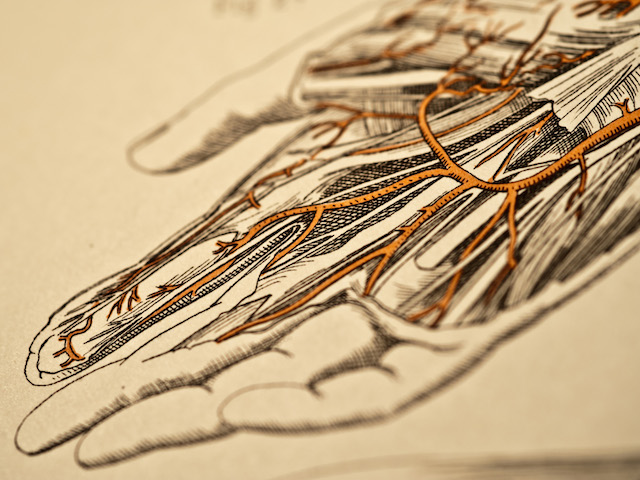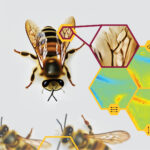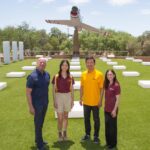
Project aims for prosthetic that senses like real hand

ASU neurophysiologist Stephen Helms Tillery is part of a nationwide research collaboration working toward enabling users to control and sense a prosthetic hand through the same neural signaling pathways used by intact hands and arms.
Photo by: VintageMed, freeimages.com
One of the major challenges in prosthetics technologies is to create an artificial hand capable of the same tactile sensations and motion perception as a natural hand.
Arizona State University neurophysiologist Stephen Helms Tillery will have an opportunity to contribute to progress toward that goal.
He will be a member of one of the teams involved in a nationwide research collaboration to pursue technological advances to produce systems and devices enabling users to control and sense a prosthetic hand through the same neural signaling pathways used by intact hands and arms.
Called HAPTIX (Hand Proprioception and Touch Interfaces), it is the first program for the new Biological Technologies Office of the Defense Advanced Research Agency (DARPA), a part of the U.S. Department of Defense.
DARPA is undertaking the project as part of its mission to provide support for wounded U.S. military veterans, but the program, if successful, is expected to have significantly broader impacts on the development of next-generation prosthetic technologies.
“We want to make a prosthetic hand that can do all the amazing things a normal hand can do,” said Helms Tillery, an associate professor in the School of Biological and Health Systems Engineering, one of ASU’s Ira A. Fulton Schools of Engineering.
That means finding ways for a prosthetic hand to able to sense the shape, texture and weight of whatever it touches, and to able to perceive how much or how little pressure or force is needed to grasp, lift or manipulate objects, he said.
The teams will work to help figure out how a prosthetic hand could do all of this wirelessly, so that it can be operated solely with internal controls. ASU researchers will then focus on testing the use of the system’s performance in providing tactile sensation.
Doing that will require developing a system of electrodes, complete with intricate circuitry and tiny microprocessors, that provides a power source and an interface between the electronics and the body’s nervous system – a system that will be implanted into the forearm at a point where a removable prosthetic hand would attach.
The goal is to establish a reliable and accurate communication loop between electrodes and nerves.
“We have to develop algorithms for taking the signals to control motion that come from the brain and translating them into something that conveys information to the nerves that interact with an implanted interface system,” Helms Tillery explained.
For an artificial hand to be capable of giving the user perceptions of weight, shape, texture, hardness or softness, researchers must solve the challenge of “getting that sensory information to go from the prosthetic hand and through the interface system to the nervous system and to the brain and back to the hand,” he said.
Helms Tillery will collaborate directly on the project with Nerves Incorporated, a Dallas-based manufacturer of electromedical equipment. The team will be led by Edward Keefer, a neurophysiologist and engineer at Nerves Inc., and joined also by Jonathan Cheng, a plastic surgeon whose expertise includes reconstructive hand surgery.
Helms Tillery will share information and research results regularly with members of the other teams in the HAPTIX program network.
An ASU postdoctoral researcher and two biomedical engineering doctoral students are expected to make up Helm Tillery’s lab team.
The first phase of DARPA’s HAPTIX program endeavor is planned to last a year and a half, which includes time for testing prototypes of the new prosthetic hands with selected amputees.
Helms Tillery said prototypes will be equipped with data-collection devices enabling researchers to assess how the neural interface system is functioning and how users are adapting to the new prosthetic hand technology.
Read more about the HAPTIX program and the DARPA news release about the program’s Phase 1 project.
Media Contact
Joe Kullman, [email protected]
480-965-8122
Ira A. Fulton Schools of Engineering


































